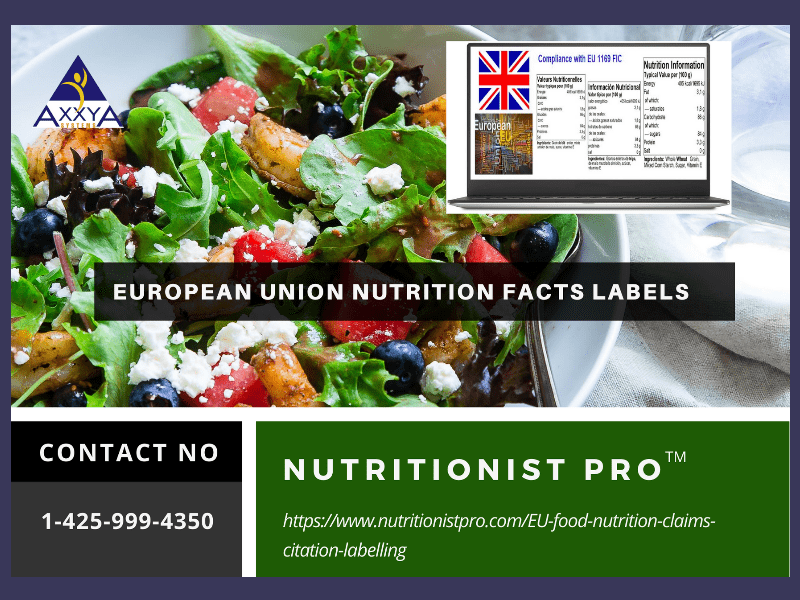Nutrition related claims are statements on food packets which convey nutritional quality of a food and/or its impact on health.
European Union regulations require food manufacturers to declare energy, protein, carbohydrates, saturated fat, sugars, and salt. They can also show voluntary nutrients if present in foods in significant amounts. The regulations allow several variations in the labelling format.
So, what do nutrition claims mean?
Nutrition claims means any claims made on the food labels or in the labelling of a food, expressly or by implication, characterizes the relationship of any substance to a disease or health-related condition. Nutrition claims may use terms such as free, high, and low, or they compare the level of a nutrient in a food to that of another food, using terms such as more, reduced, and lite/light.
In order to cite nutritional facts, food manufacturers have to analyze the ingredients in their food products. They can do so by either giving the task to a food testing laboratory or by entering their food ingredient data and measurements into a data-based nutrition analysis tool. Both of these options are aimed at producing nutritional facts for food labels, with the latter option being widely popular for its ease and quickness.
How are nutritional facts cited in food labels?
Most packaged foods have a nutrition label on the back or side of the packaging. These labels display information on energy in kilojoules (kJ) and kilocalories (kcal), usually referred to as calories. They also display information on fat, saturated fat, sugars, salt, protein, and carbohydrate. All food labels cite nutrition information as 100 grams and sometimes per portion of the food.
Supermarkets and food manufacturers also highlight the reference intake by the side of fat, energy, sugars, saturated fat and salt content showing on the front of the packet. Food labels also provide additional information on certain nutrients, such as fibre.
Solution for Nutrition Claims Citation:
As mentioned, there are two popular options available for calculating food nutrients and for labelling purposes. Laboratory testing method is one option and the other is the use of a food nutrition facts analysis and labelling tool. The former option takes time and is costly while the latter option is easy, quick, and affordable.
What are some tools to get European Union nutrition facts labels?
A number of tools are available on the market. A few offer exceptional value and convenience.
Nutritionist Pro™ is one of those extremely useful tools for European Union nutrition facts analysis and labelling.
Quick View of the Benefits of Using Nutritionist Pro™
- Online nutrient analysis application
- Meet the EU 1169 nutrition guidelines for recipes and food products
- Enables you to create unlimited labels in English, French and/or Spanish
- Use the included European Food database to create unlimited recipes/formulas easily and quickly
- Allows users to add custom ingredients as needed
Apart from these benefits, food manufacturers can leverage Nutritionist Pro™ to custom design European Union nutrition facts labels while seamlessly complying with the EU 1169 nutrition guidelines on the fly!
See a DEMO of Nutritionist Pro™
